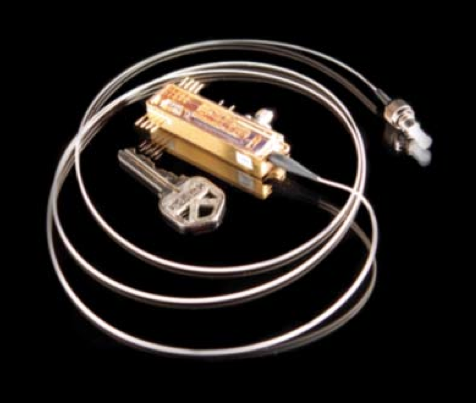
The encryption that we rely on to secure network transactions is based on a simple computational challenge: it's hard to find two prime numbers when you're only given the big number that they produce when multiplied. Although the growth in computer processing power means we've needed to shift to bigger numbers, we can continue to do so as needed. This leaves eavesdropping as the biggest risk; to secure communication, each partner needs to get a copy of the relevant keys. If someone can break in on the key distribution process, they save themselves the need to do any math.
Quantum key distribution (QKD) is intended to be a way around this problem. By exchanging bits encoded in a quantum system—typically a photon—two parties can generate a unique key that can be used to encrypt communications. If anyone tries to eavesdrop on the process, their measurement of the photons used will leave a mark on the process that's easy to spot. (We have a more detailed description of the process in a past article.)
So far, QKD has largely remained a research project, although some progress is being made. Just last week, some researchers from Los Alamos National Lab described a system they've had working for almost two years. It's not especially novel (which is why it actually works), but it uses some clever tricks to shift most of the burden to a central server while putting less expensive hardware into the clients.
Read 7 remaining paragraphs | Comments